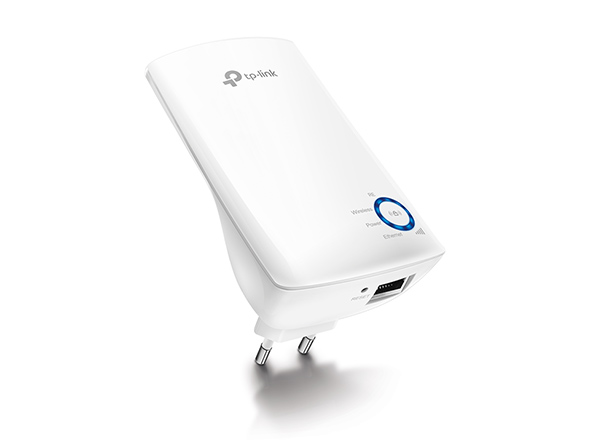
A TP-Link WiFi extender can help your Wi-Fi reach more areas of your home. You can get better service in those hard-to-reach places with this simple device. It’s pretty simple to perform TP-Link WiFi Extender Setup, and here in this guide we walk you through it step by step. So let’s start:
1. Connect the extender.
First, take your TP-Link WiFi extender out of the box. It should be plugged into a port about halfway between your router and the area you want to cover better. You need to make sure it’s not too far from your router for the extender to work well.
When you plug it in, the extender’s lights will begin to blink. That means it’s all set up and ready to go.
2. Connect to the network of the extender.
Next, get your computer or phone. It should say something like TP-Link Extender or TP-Link_XXXX in the name of the new network. This is the extender’s short-term Wi-Fi network.
Join this group of people. You might need a password. It should be on the label of the extender or in the quick start guide. After you join, you can move on to the next step.
3. Go to the TP-Link WiFi Extender Setup page.
Now, start any web browser on your device. Chrome, Safari, Firefox, or another one will do. You need to type tplinkrepeater.net into the address bar.
Press “Enter.”
Type 192.168.0.254 instead if that doesn’t work. That should take you to the page where you can set up the extender.
4. Sign in to the Add-on
A screen will appear asking for an account and password. Most of the time, the normal login is:
Login name: admin, Password: admin
Type these in and click “Login.” It will walk you through the rest of the process once you’re in.
5. Pick a Wi-Fi network.
It will now show you a list of Wi-Fi networks it can connect to. Your home network should have the same name as your router. Find it and click on it. Next, type in your Wi-Fi password.
You use this same password to connect your phone, laptop, and other devices to your computer. Type it in, and then click Next.
6. Set up the network for the extender
You can set up your extender in one of two ways at this point:
Same Name for the Network (SSID): If you choose this, your extender will use the same name as your main Wi-Fi. The stronger signal will be used by your devices when you get closer to the extender. Most people should make this choice.
Choose “Different Network Name (SSID): if you want to keep the extender’s network separate. It’s useful if you need to link to the extender by hand in some rooms.
The extender will also need a password: Choose a strong password that you can remember. It doesn’t have to be the same as your main Wi-Fi password.
7. Save and start up again
Press Save or Finish button, when you’re done setting your choices. The extender will restart, and your Wi-Fi connection will be stronger when it comes back online.
8. Join the new network again
Connect your devices to the new Wi-Fi network again after the extender has been turned off and on again. If you picked the same SSID, your device should join to the best signal on its own. If you chose a different SSID, just find the new network name you set and click on it.
9. Check the Network
Now, check the signal strength in different parts of your house that didn’t have Wi-Fi nor had weak signal before. You should notice a much stronger link if everything is set up correctly. Try moving the extender closer to the router if the problem still persists.
In Conclusion
That’s it. Your TP-Link WiFi extender should now work better in those hard-to-reach places since you’ve set it up. A TP-Link WiFi extender setup doesn’t have to be complicated. Just follow these simple steps, and you’ll have a stronger Wi-Fi signal throughout your home in no time.